2020 Ford Super Duty's New 7.3-liter V8 Approved for 430 Horsepower

Earlier this year, Ford teased a bunch of updates for its 2020 F-Series Super Duty pickups — including the all-new 7.3-liter V8 the automaker planned on offering.
Timed perfectly to coincide with the exact moment we forgot the motor was supposed to be coming, Ford released some specs this week. They don’t look half bad. Designed to be as hardwearing as possible, despite not being a diesel, the Windsor-built V8 will be made broadly available — making its way inside F-53 and F-59 stripped chassis models and the upgraded E-Series van.
A less powerful 350-horsepower version with 468 lb-ft of torque will be standard for the F-450, F-550, new F-600, F-650, F-750, and the aforementioned E-Series/stripped chassis models. Meanwhile, a 430-hp variant with 475 pound-feet (available at 4000rpm) will become an optional upgrade, starting with the F-250 and F-350. Don’t worry if it’s not to your taste. The manufacturer reassured us that both the 6.2-liter gasser and 6.7-liter diesel will be retained for the 2020 model year.
The 7.3-liter engine is to be mated to Ford’s new 10-speed “TorqShift” automatic transmission on all models except F-650 and F-750, which will keep the 6-speed. An optional calibration intended to help customers minimize their fuel consumption will also be offered, but the company said more information will be made available at a later date. Super Duty towing and payload ratings, as well as the stats for the upgraded 6.7-liter Power Stroke, will also be announced later this year. Considering we’ve had to wait two decades for Ford to update the BIG gasoline engines in the heavy-duty lineup, we suppose we can endure a few more months for the rest.
As previously stated, Ford’s pushing the new V8 as bulletproof. To make its case, it cited a variable-displacement oil pump, extra-large main bearings, a forged steel crankshaft, piston cooling jets, and years of “commercial engine experience.” However, as good as the new, under-stressed motor sounds, we’re honestly a little more excited for the updated 6.7-liter turbo diesel. We imagine its specifications will put the big gasser to shame by offering more thrust than a Saturn V rocket.
[Images: Ford Motor Co.]

A staunch consumer advocate tracking industry trends and regulation. Before joining TTAC, Matt spent a decade working for marketing and research firms based in NYC. Clients included several of the world’s largest automakers, global tire brands, and aftermarket part suppliers. Dissatisfied with the corporate world and resentful of having to wear suits everyday, he pivoted to writing about cars. Since then, that man has become an ardent supporter of the right-to-repair movement, been interviewed on the auto industry by national radio broadcasts, driven more rental cars than anyone ever should, participated in amateur rallying events, and received the requisite minimum training as sanctioned by the SCCA. Handy with a wrench, Matt grew up surrounded by Detroit auto workers and managed to get a pizza delivery job before he was legally eligible. He later found himself driving box trucks through Manhattan, guaranteeing future sympathy for actual truckers. He continues to conduct research pertaining to the automotive sector as an independent contractor and has since moved back to his native Michigan, closer to where the cars are born. A contrarian, Matt claims to prefer understeer — stating that front and all-wheel drive vehicles cater best to his driving style.
More by Matt Posky
Latest Car Reviews
Read moreLatest Product Reviews
Read moreRecent Comments
- 1995 SC I'm still trying to get past the fact that the Red Bull guy is married to a Spice Girl.
- Ravenuer Not into F1. Started watching NASCAR back when they raced actual cars. (yeah I'm that old). Not any more. They aren't "stock cars" now. Not even close. Even drag races don't interest me anymore. Races are over in 3 seconds.
- Wjtinfwb No confusion on my end, Ghost. The Government has zero role in job creation outside of the legitimate opportunities' created by Government going about it's responsibilities, namely keeping the American people and territory safe from foreign intrusion. Of course, they're failing epically at that but that's a different topic. The American free enterprise system is what enables job creation. Government's role is to stay out of the way of that system, but they seem incapable of doing so. Oil & Gas exploration is just one example. If a National Job Policy is what you're looking for, there are other countries that will be happy to accept your application for residency.
- Michael Smith I drive 100-300 miles a day in new BMWs, Mercedes-Benzes, and GM SUVs. Some are already equipped with automatic braking.It's the first thing I turn off when I start the car.I've had experiences where (as the author notes) the system gave false alarms and stabbed the brake pedal, threatening my ability to control the car.Further, every driver encounters situations where, for example, legal following distance must be momentarily compromised in order to avoid a difficult situation. When the system intervenes, it disrupts the driver's plan of action. This can lead to a collision as the driver has to suddenly react not to his surroundings, but to the system.Not only is automatic braking an insult to skilled drivers, it's dangerous to everyone.
- Dave M. My hipster daughter is greatly into it. We watched the race together this weekend. It was interesting but I'm not devoted to it like she is. She'll be at the Austin race in October.



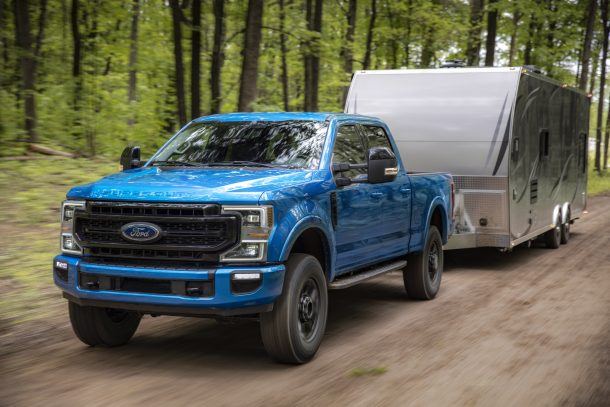















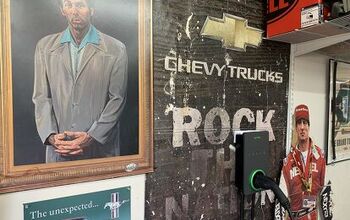
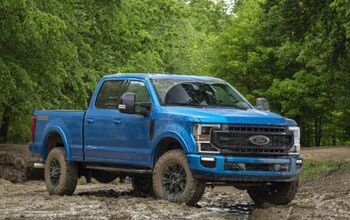


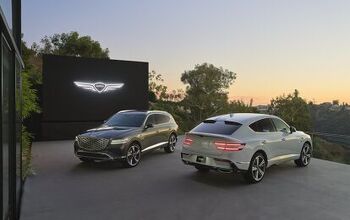

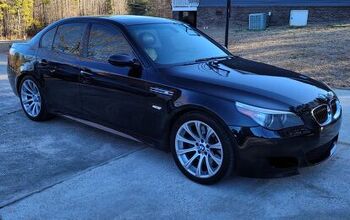
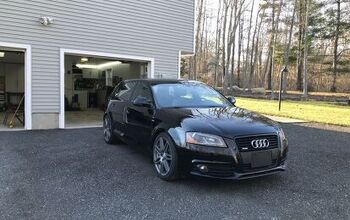

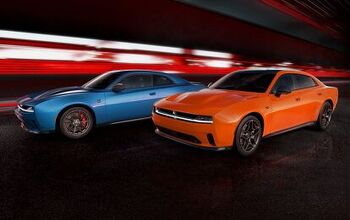
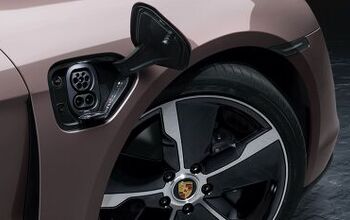
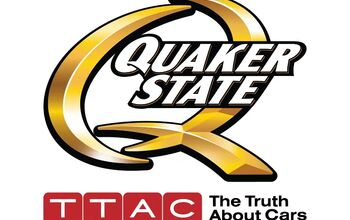

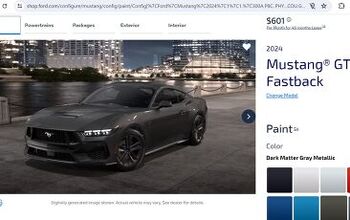
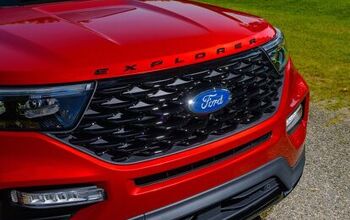
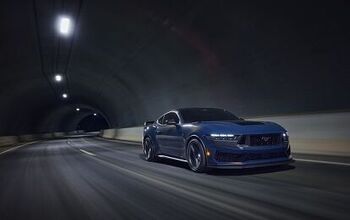
Comments
Join the conversation
Yea, had a f250 with a inline 6, sold it got a high Sierra with a 6.2 diesel to save gas. Bad move, GM sux- cracked head issues. Mopar 5.7 now. Had a 2016 2.7t f150, too high strung- fast though. Detonated in mountainous driving.
Emissions control requirements have made the economics of modern diesel engines ever less compelling. The long term maintenance cost of the fuel and emissions control systems can be staggering. Meanwhile, modern gasoline engines just keep getting better. Diesel has entered the start of its end times for anything under a 1-ton class truck.